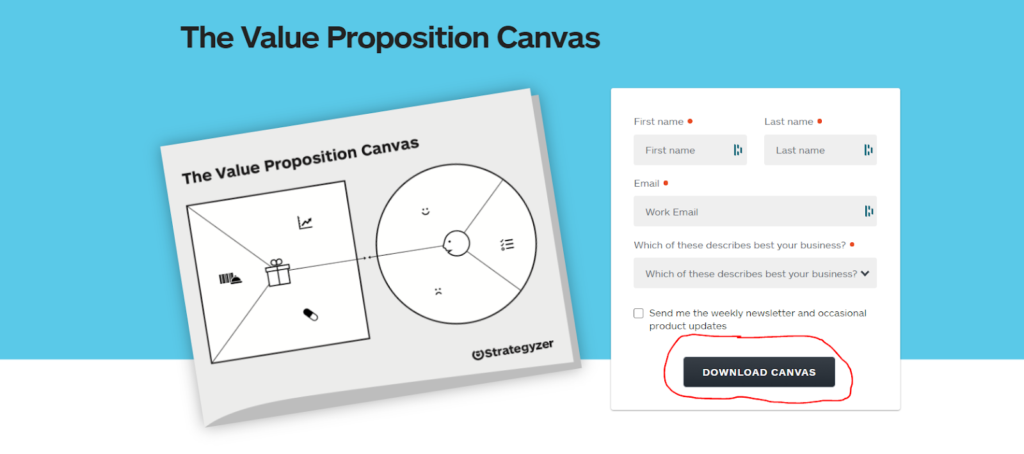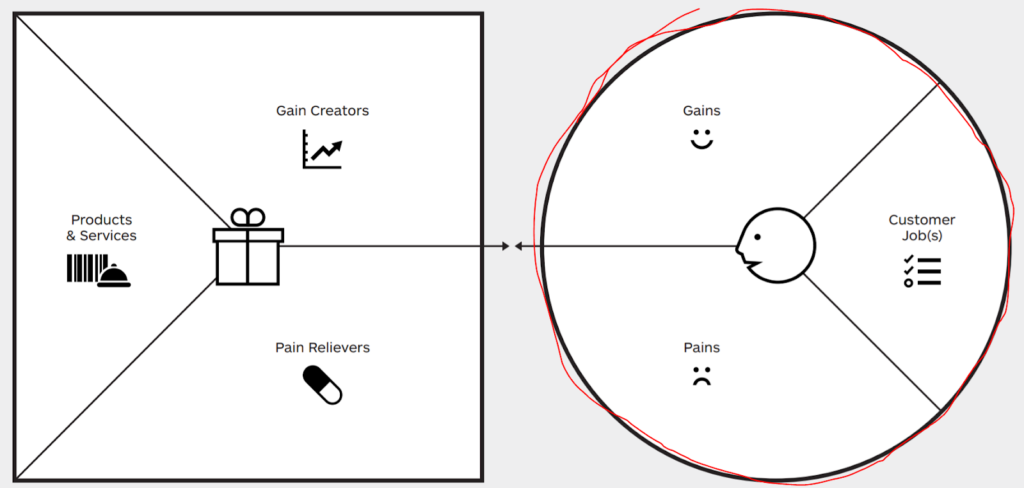How To Research A Business Idea: The 3 Step Method
Ideas can be great and worth nothing. Here’s how you can test to see if your idea is both great and valuable.
After thinking of a new business idea, we naturally ask ourselves, ‘will this idea work’? Or can it make enough money?
I think you’ll agree we at least want to make enough profit to sustain a comfortable lifestyle.
Some of us get soo excited about our idea’s that we dive into creating them without giving failure a second thought.
I used to be one of them. But after multiple failures, which are always more painful than wins. I’ve become more risk-averse. So now, I like to check if the parachute works before jumping out of the plane.
Through trial and error, I’ve boiled down this parachute check to three factors.
1. Who are we selling to?
2. How many of them can we serve?
3. What is the potential value of our relationships with them?
When I first came onboard as a co-founder of a local startup, we decided to raise capital to speed up our go-to-market process.
During the previous five years, the company had generated a small amount of sales. Not enough to sustain the founders’ lifestyle and family and certainly not enough to grow the business at a meaningful speed.
We believed in the product and could see the business had huge potential. But we needed to convince an investor of the same.
Once, we found a potential investor and after preliminary discussions. They wanted to know if we had a viable business and what return they could expect on their investment.
So we went out and completed a parachute check. This is how we did it.
WHO IS YOUR CUSTOMER
First, we needed to know who our customers were.
So we created a customer profile with the help of the value proposition canvas.
The value proposition canvas is a tool that can help you ensure your product or service serves your customers’ needs and values.
Creating a customer profile using traditional demographics and psychographics can be a tedious process. I’ve found the value proposition canvas easier and faster to use.
You can download the value proposition canvas here. Head to that link, fill in your details and click “Download canvas”(as per below).

Once you’ve entered your details, you’ll be taken to another page where you can download the PDF directly to your computer.

Click “Download PDF” as above, and a new canvas will open in your browser. Once you’re looking at your new canvas, your screen should look like this (below):

1. Customer Jobs = The jobs your customers are trying to complete.
2. Pains = The pains your customer experience while completing said jobs.
3. Gains = The outcomes your customer want to achieve from completing their jobs.
The founder of the startup created sustainable hair foils for salons. So our customers are hairdressers and they’re who we needed to profile.
So we created a contact list of stylists from their network to interview. Through a mix of email, Facebook messenger, and phone calls, we asked them the three questions from above (jobs, pains, gains) contextualised for hairdressers.
1. (Job) What are you trying to achieve for your clients?
• The majority of responses fitted into a version of this statement “We are trying to produce beautiful colorwork that leaves our clients feeling confident and desired.”
2. (Pain) What don’t you like about your job or the salon you work in?
• Amongst several different answers to this question, a common theme was “there’s too much waste” Many stated they didn’t like how much waste they were producing. They felt guilty about this part of their job and wished the industry provided more sustainable options.
3. (Gain) “What is a good result for you? What does this look and feel like?”
• Most wanted to feel proud and satisfied with their work, continue to grow and learn, etc. Almost all respondents stated some version of “make their clients happy.”
From the feedback we received, we found a subset of hairdressers that wanted to work with sustainable hair tools. They wanted to produce guilt-free, great results for their clients.
By surveying our potential customers, we learned ~20% of the industry wanted sustainable tools and products to complete their job.
We proved that waste is an industry pain point, and there is demand for alternative solutions.
HOW MANY CUSTOMERS CAN YOU SERVE
After proving we had a customer to sell to. We needed to find out how many of them we could serve—otherwise known as the serviceable available market (SAM).
• The startup is New Zealand based and initially served only New Zealand hair salons.
We knew there were ~2,000 registered salons in New Zealand from previous research during the product development stage. If 20% of these salons were interested in sustainable products, we knew we had a potential customer base of 400 salons.
There are several different ways you can find this information. For example, there’s a company called IBIS World that produces annual reports on the hair industry for virtually every country in the world.
We could have also approached Government bodies for help, used google, or asked others with specific industry knowledge.
WHAT IS THE POTENTIAL LIFETIME VALUE OF YOUR CUSTOMER RELATIONSHIP
Last but not least, we needed to calculate our customer lifetime value or LTV. An estimate of the total amount of value we could generate from the lifetime of our relationship with them.
Again calling on previous research from product development. We knew that the average salon used 1.5km of hair foils per month.
Each packet of sustainable foils is equivalent to a 600m (when re-used correctly) roll of aluminum foil, and the avg price per pack is $60.
We estimated a salon would purchase ~30 packets of foils per year, which equates to $1,500 in annual revenue. Accounting for product costs and freight, we could generate ~$1,000 of value per year from each salon.
DO YOU HAVE A VIABLE BUSINESS
Given we have 400 potential salons to serve, we could potentially generate $400,000 of value per year.
This projected income was enough to cover the company’s overheads, provide our investors a good return and position the company for future growth.
We had proven there was a demand for our product, and we could generate enough value from these customers to build a sustainable and valuable business.
Wrapping this up, to assess whether an idea is viable, we needed to answer three questions.
1. Who is our customer?
2. How many of them exist in a market we could serve?
3. What is the lifetime value of a relationship with them?
We can answer these questions by
1. Creating a customer profile
2. Using market research to estimate how many of these customers exist
3. Use market research to understand how much product we could sell to them a year.


